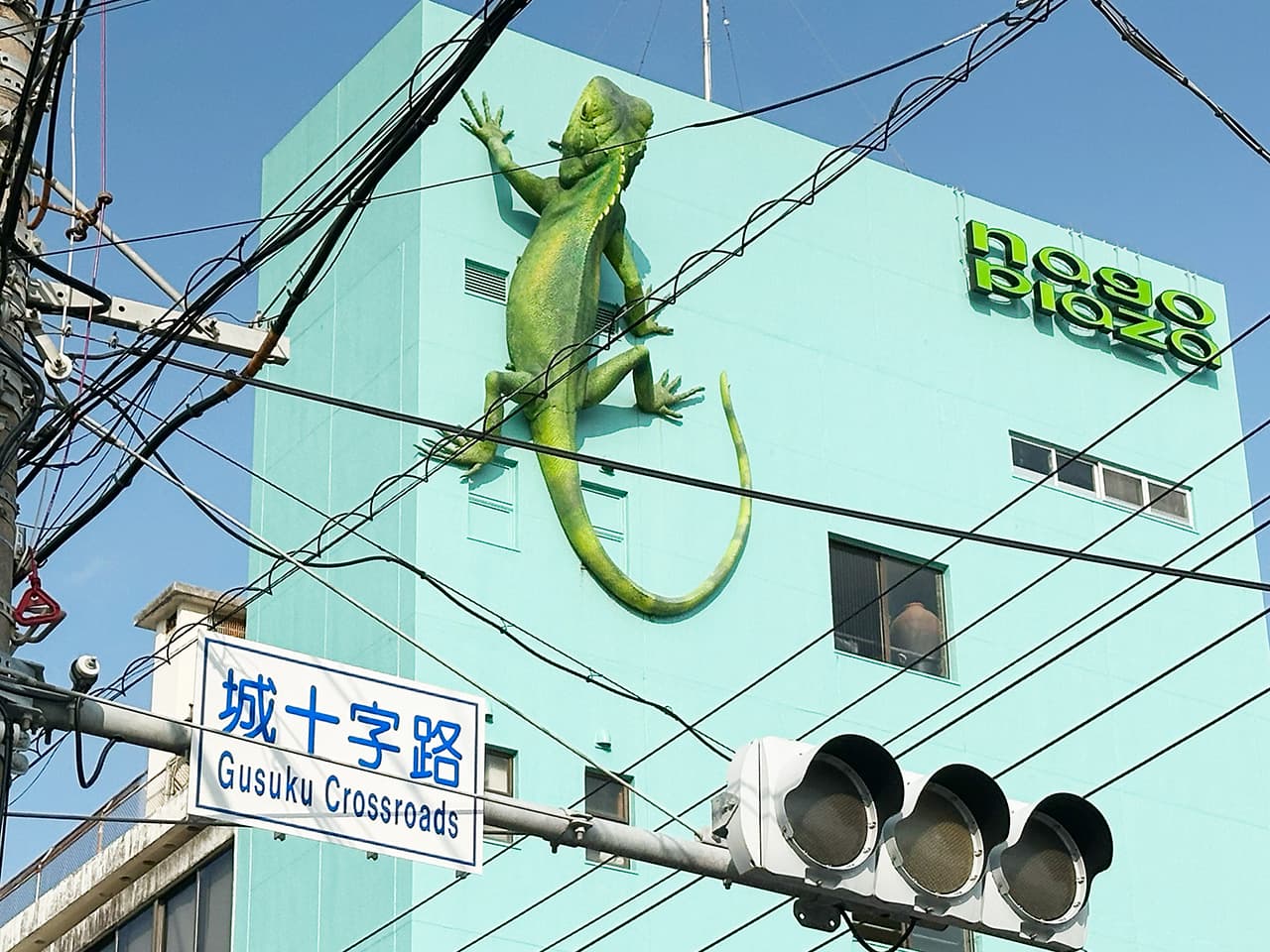Jomyoin: the temple of 84,000 Jizo statues
In Japan, you can often see Jizo statues on the grounds of temples or by the side of the road. But in this temple, you can see thousands of them in one place.
In Yanaka area of Tokyo’s Taito ward, there is a temple surrounded with a very unassuming concrete wall, decorated with roof tiles along the top. You could easily just pass by and you would never know what’s behind it.
Today let’s peek inside and see what we can find.
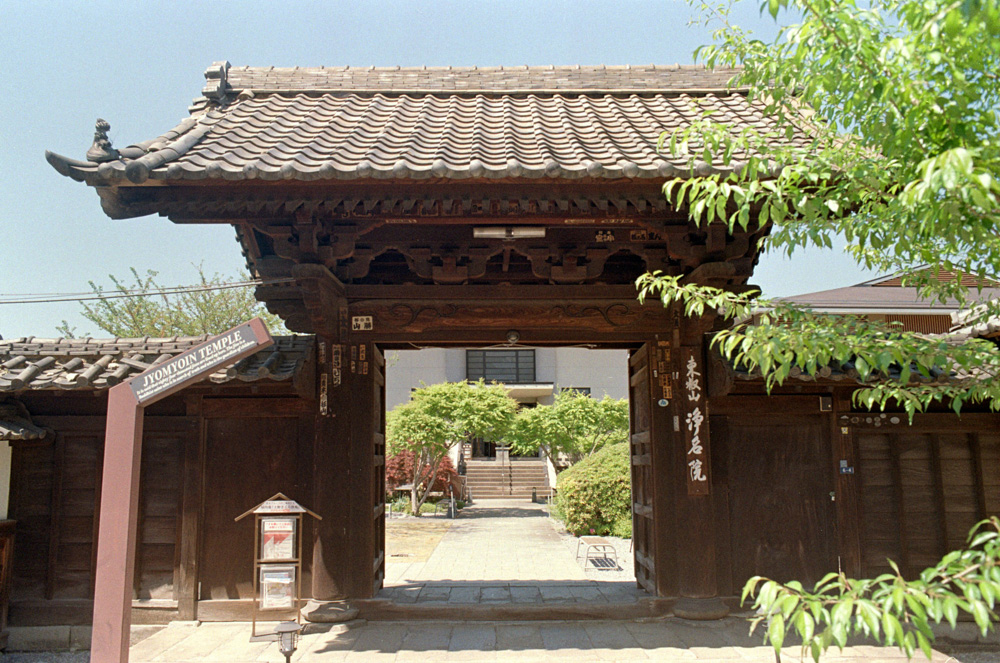
We are at the old front gate to the precinct of the Jomyoin Temple. There is a big sign in English on the left.
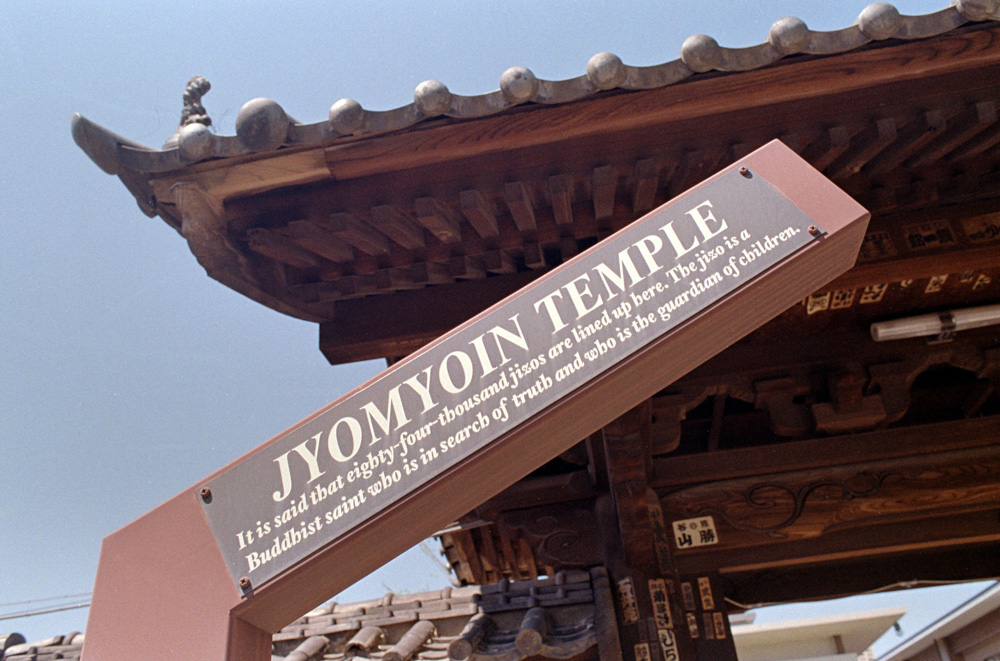
It is said that eighty-four-thousand jizos are lined up here. The jizo is a Buddhist saint who is in search of truth and who is the guardian of children. 84,000 jizo statues! Is this possible?
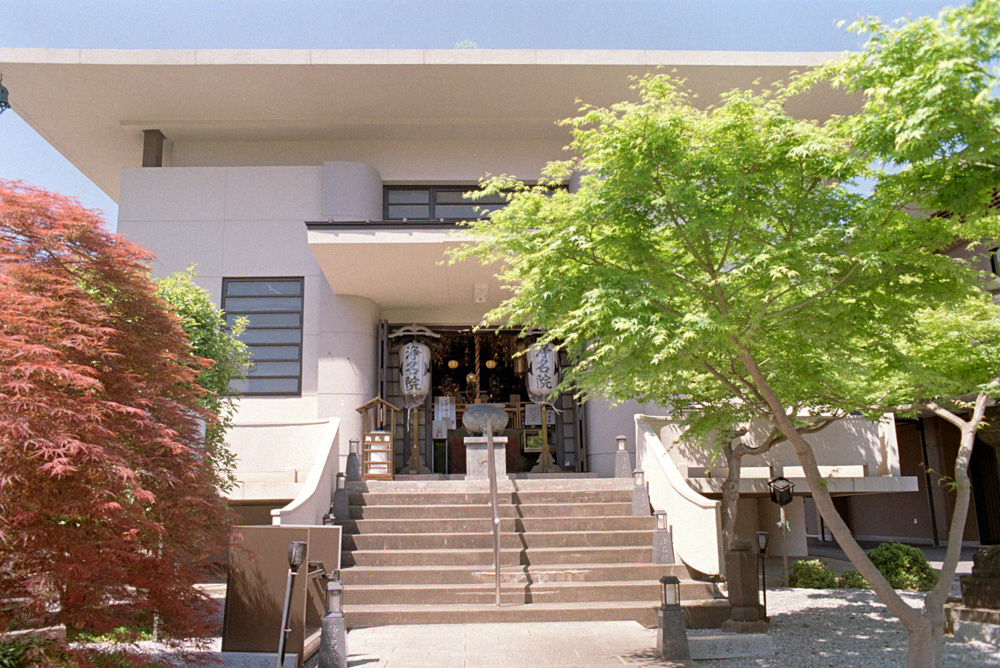
Entering through the gate, straight ahead there is the main hall of the temple. The building looks very modern, it must have been built not too long ago. The origin of Jomyoin, however, dates back to the year 1666 when the temple was founded.
Let’s walk just left of the main hall. We have now entered the world…
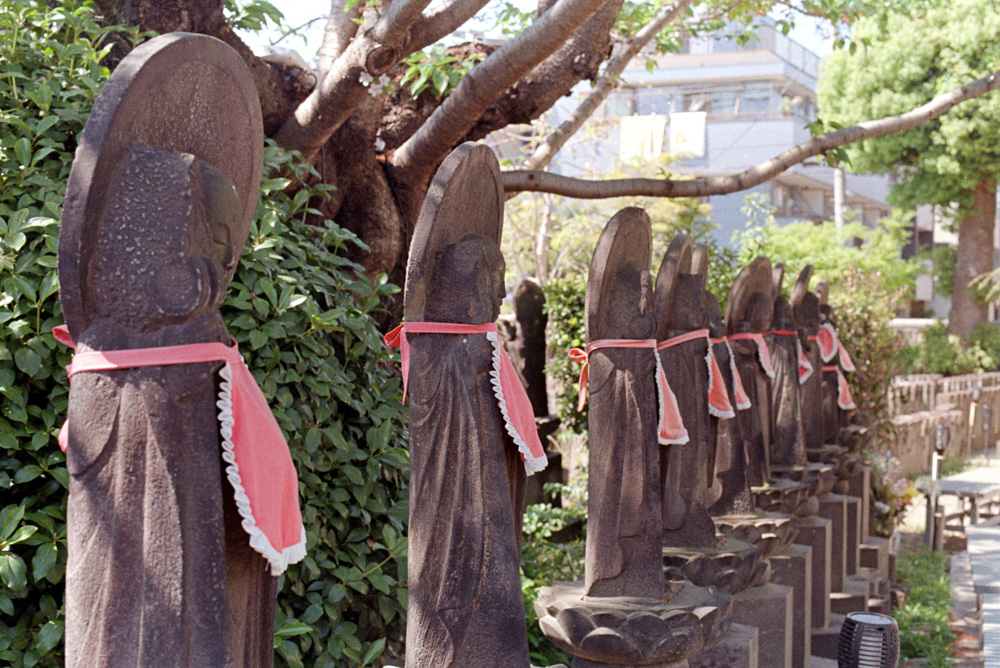
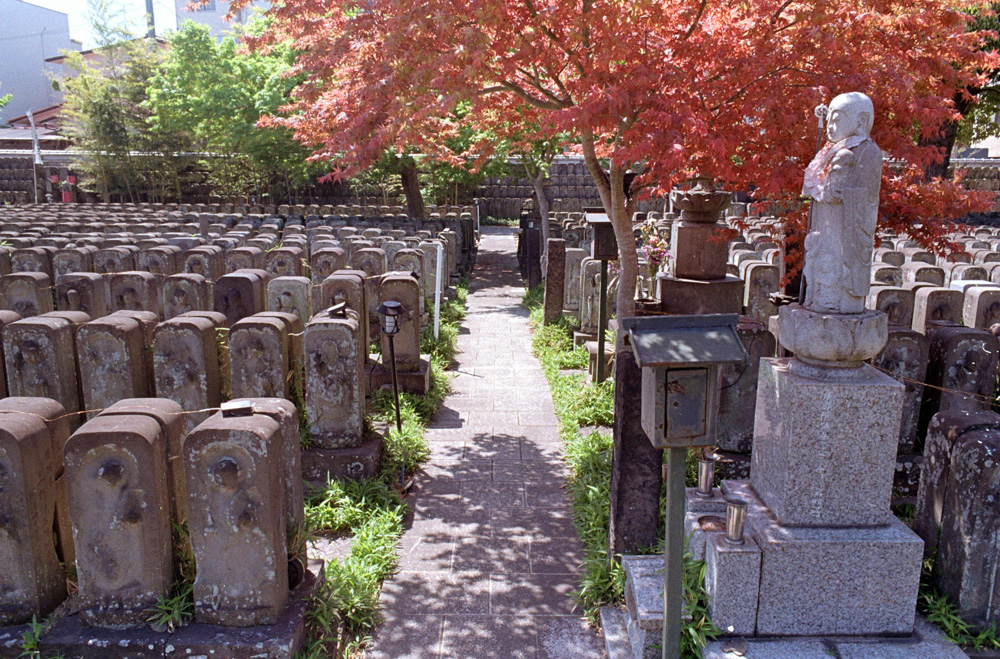
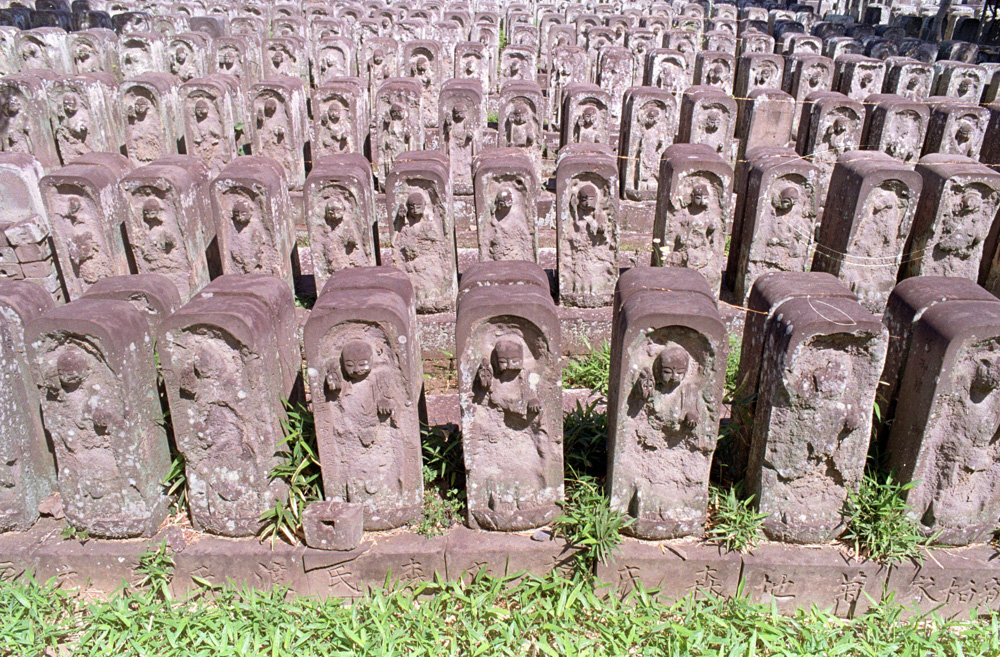

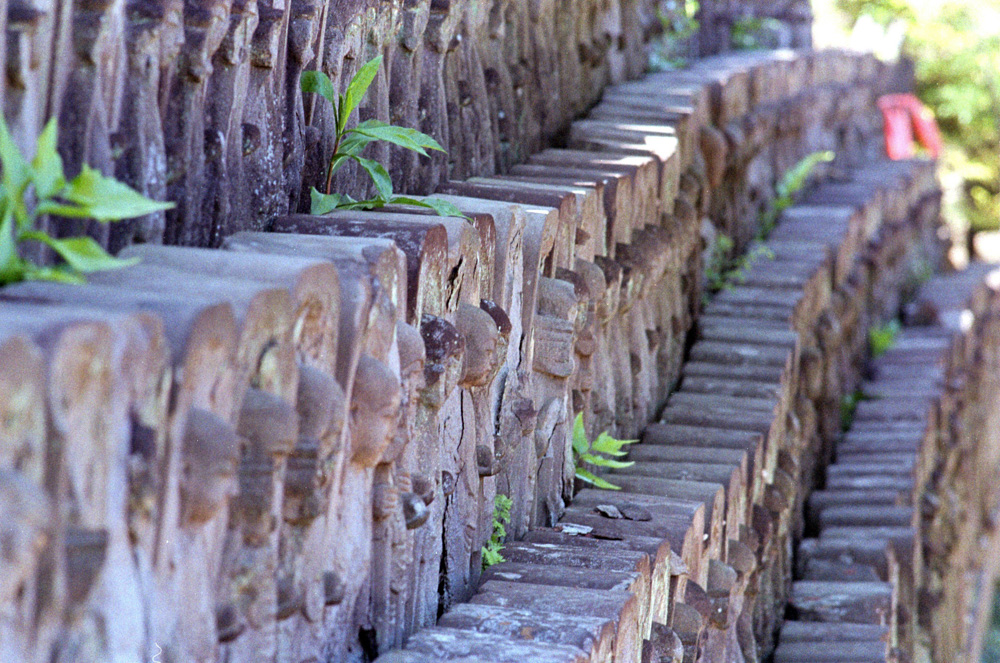
…of 84,000 Jizo statues!
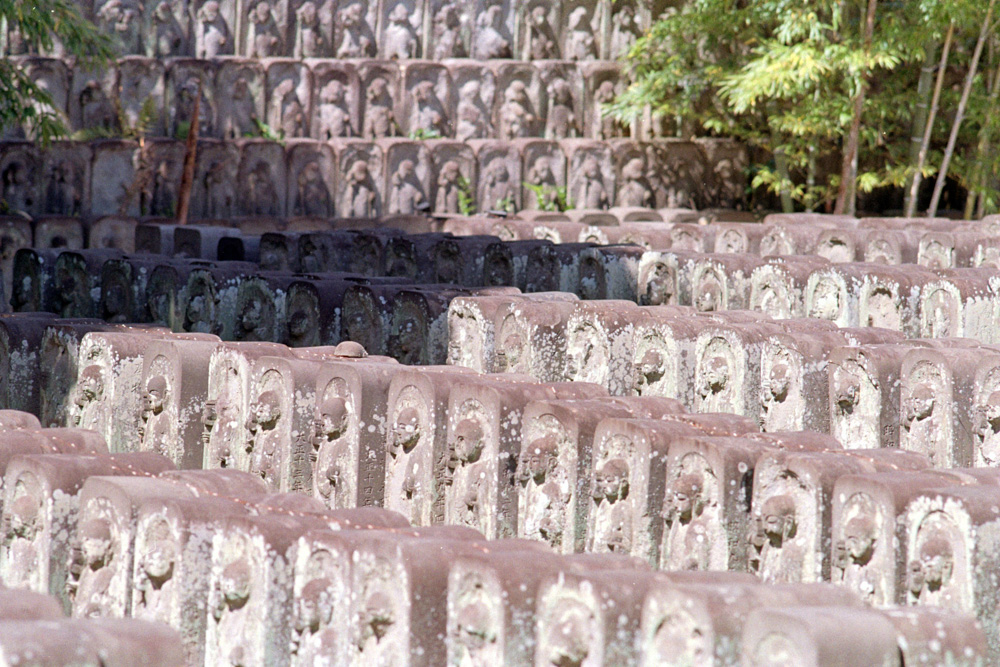
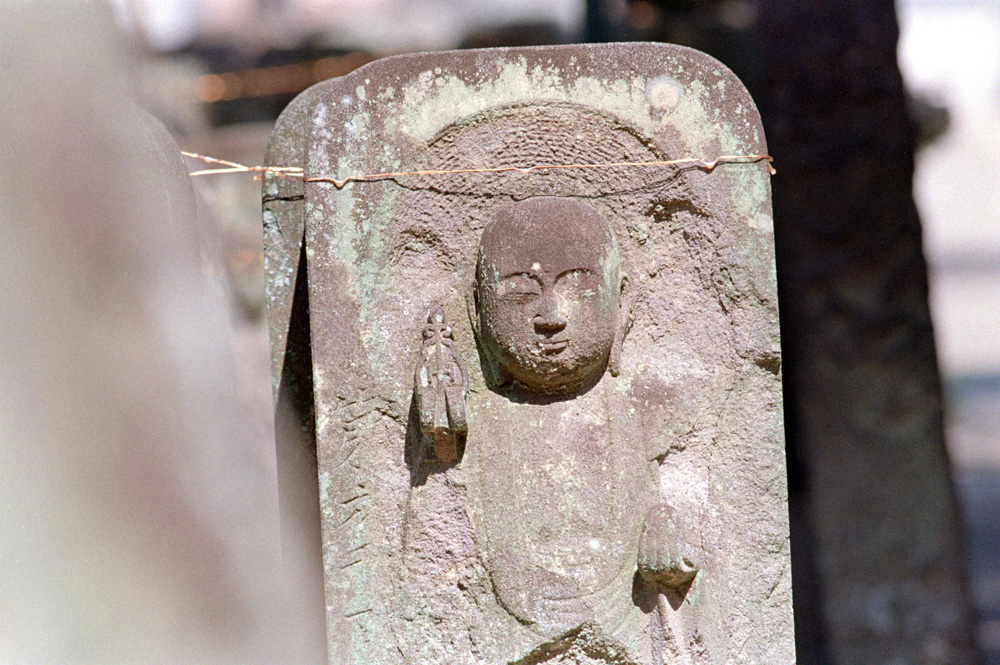
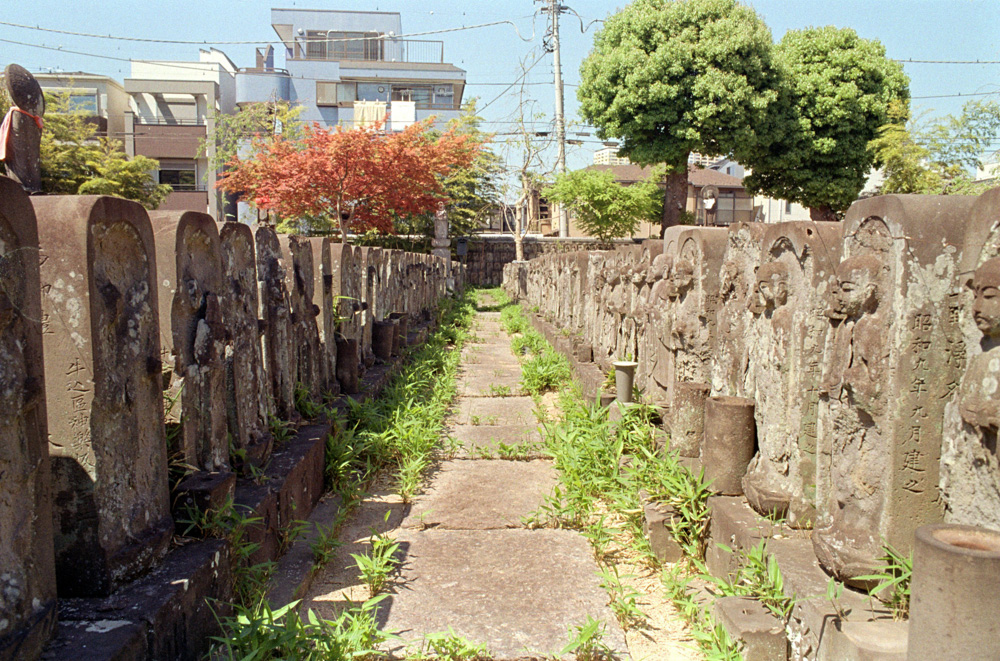
Jizos as far as the eye can see! There are rows of them stacked on top of one another along the walls as well.
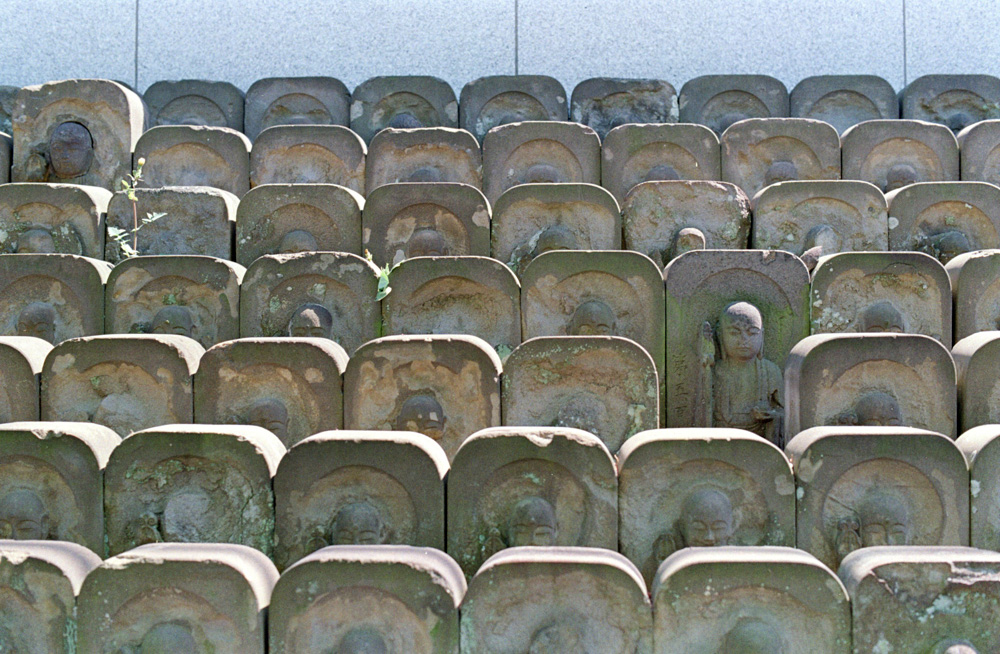
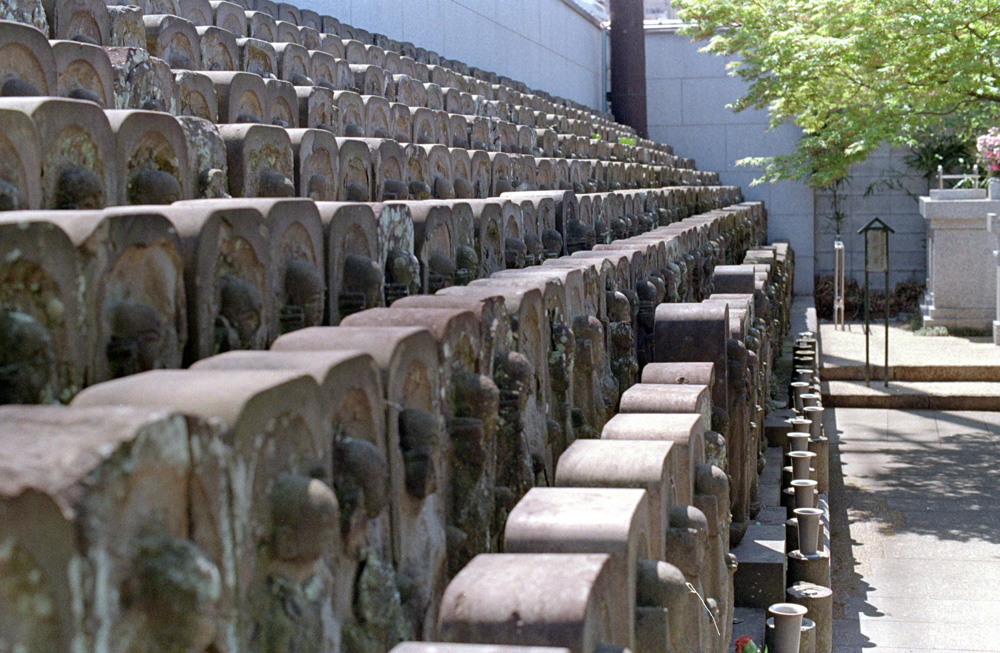
Why and how?
In 1876, there was a monk called Myoun who became the chief priest of this temple. He had a special devotion to Jizo and made a promise to erect 1,000 stone statues of Jizo to honor the deity. After having accomplished this goal, he set a new goal — 84,000 statues. By doing so, he was in reality setting himself an endless task. The number 84,000 is a symbolic number in Buddhist tradition; it is generally used as a metaphor for a very large number. For example, the Buddha is said to have given 84,000 teachings. There are believed to be 84,000 mental states, emotions and feelings that relate to the body, mind and speech. King Ashoka of India is said to have built 84,000 pagodas to honor Buddha.
On the grounds of this temple, the actual number of statues is something over 20,000 (still a huge number) but they are still called the eighty-four-thousand Jizos. Even now, new statues are being added, not only from Japan, but also from other countries.
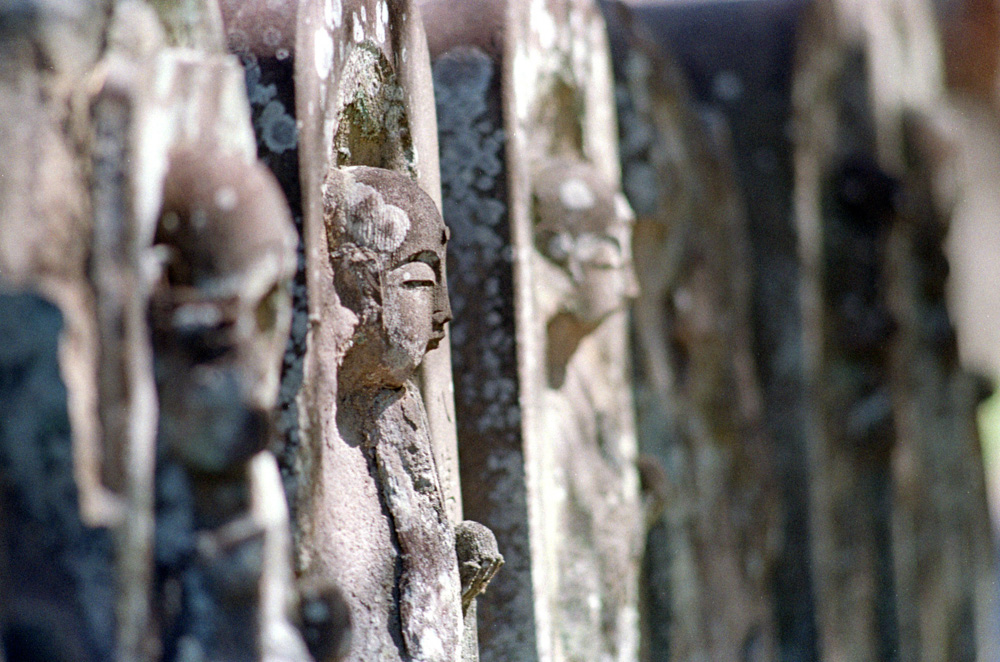
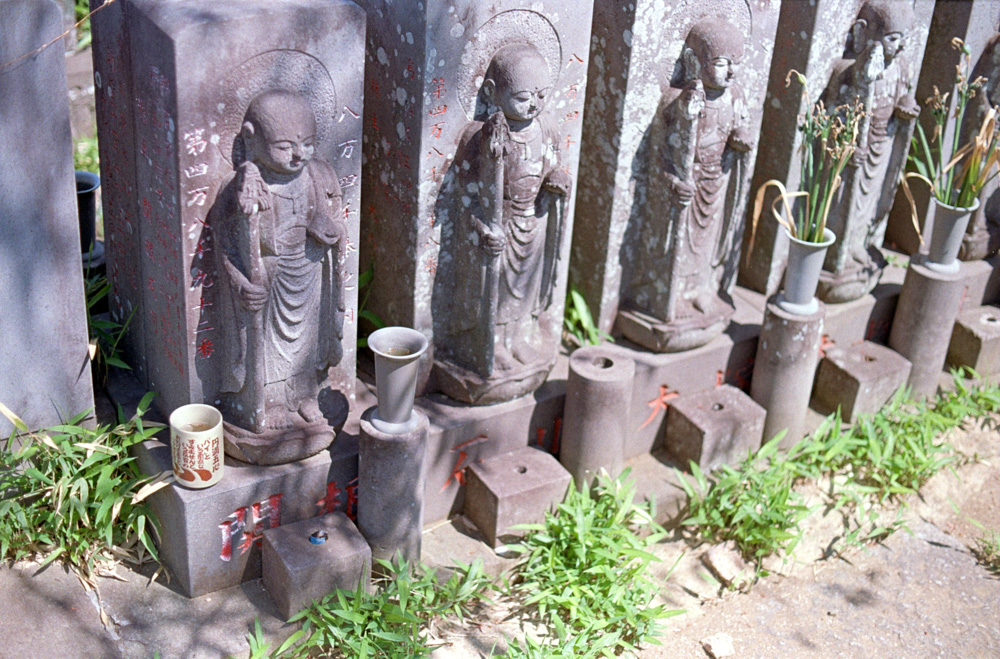
The Jizo is the patron saint of children. He is often shown holding a child and decorated with red garment. The color red is believed to protect from evil spirits and illnesses, while the garment is meant to bring comfort to the souls of lost children.
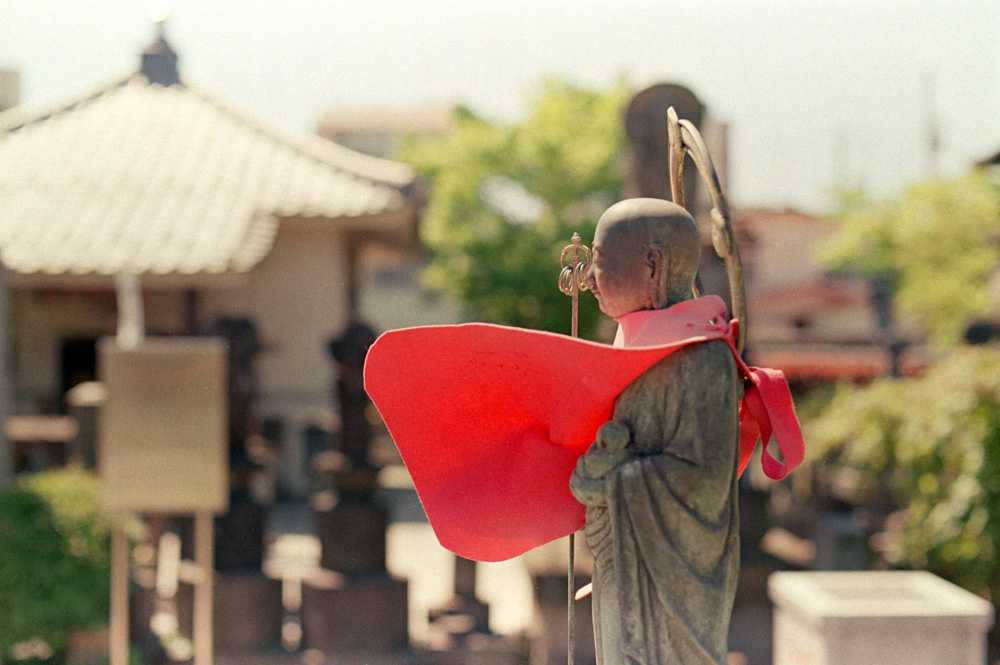
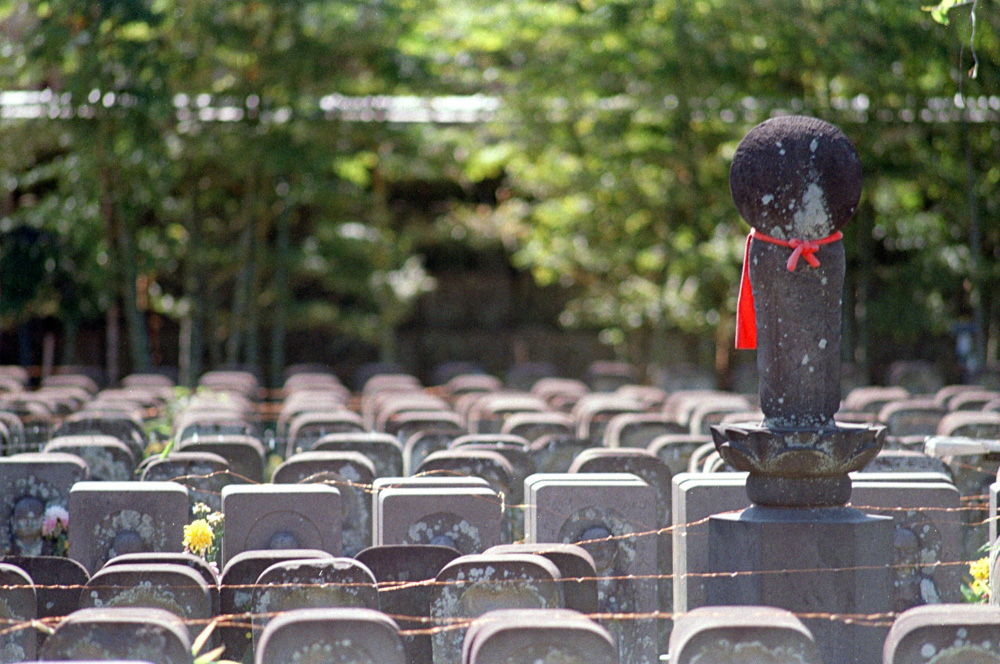
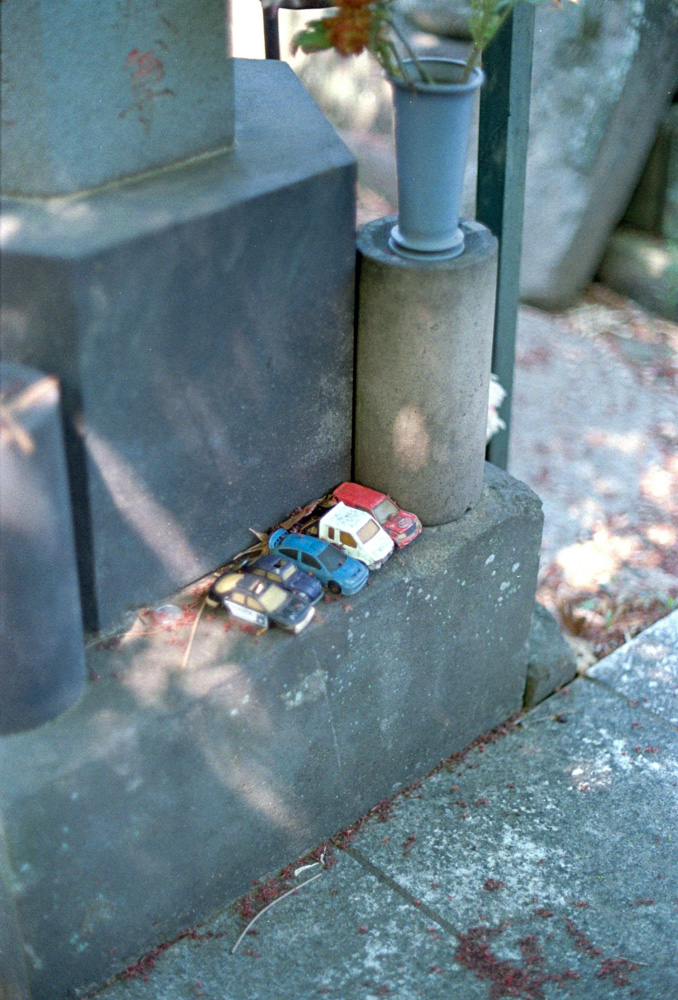
Small gifts and toys can be found at the base of some of the statues.
Further ahead, there is a cemetery and judging by the polished look of the tombstones, they are a more recent addition.
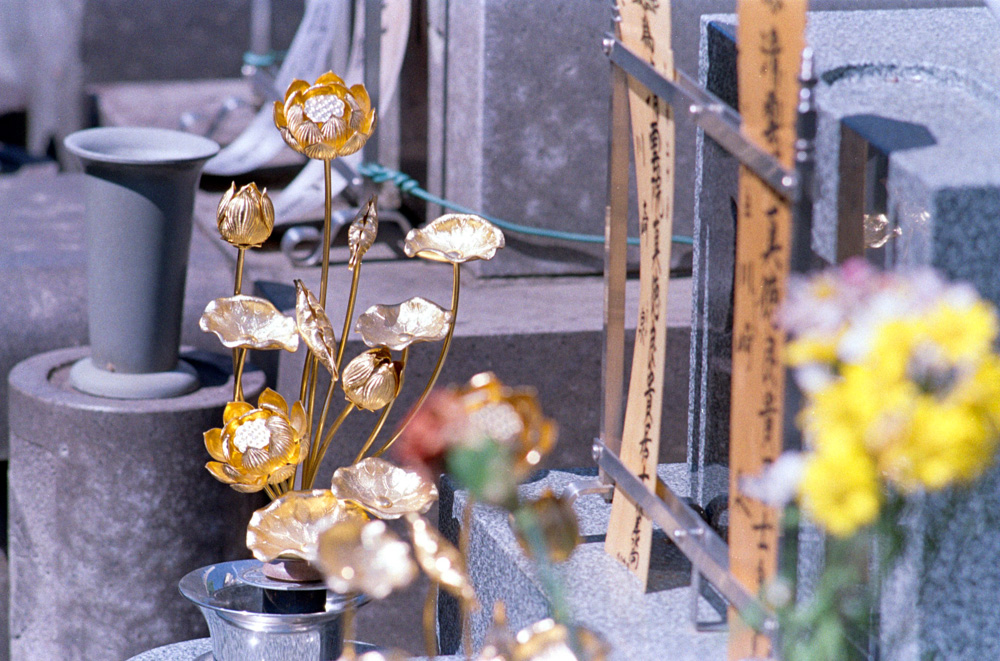
Towards the south wall, there is a something that looks like an altar of sorts, and it’s decorated with images of animals. What could this be? Let’s look closer.
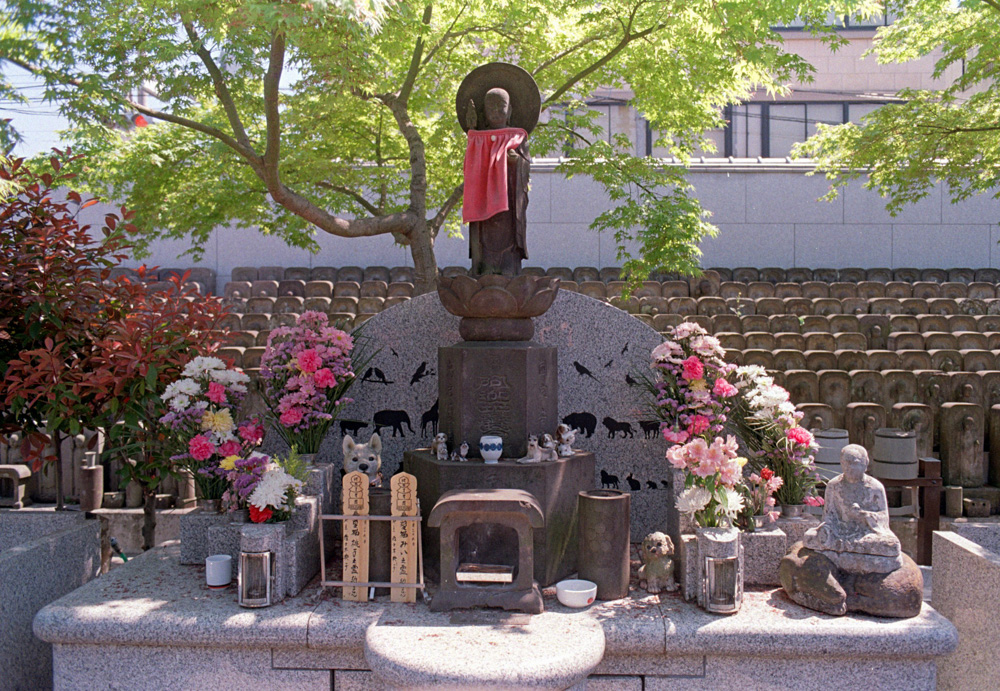
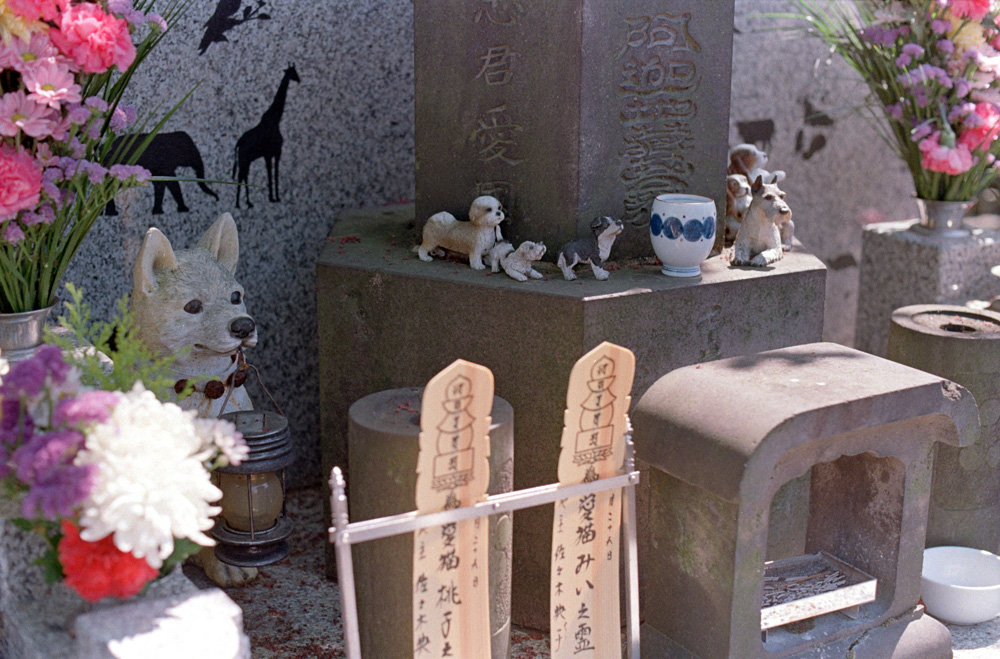
It’s a permanent memorial tomb for pets!
On the side of the tomb, there is a wall where owners can reserve a plaque commemorating their furry friends — or rather, family members, as we can see by the names. In Japan, on pet tombstones, people often add their own last name in front of the pet’s nickname.
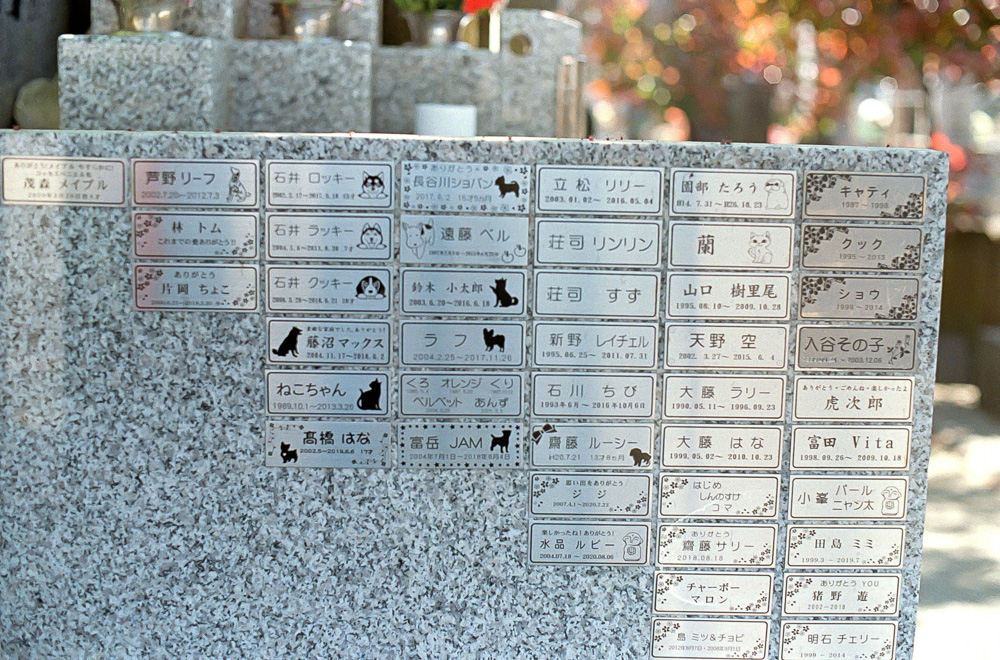
With this, we conclude our visit to the Jomyoin Temple. We’ve seen more Jizos than we can handle — and each one was different. With new ones being added, how many more will there be in the future?
